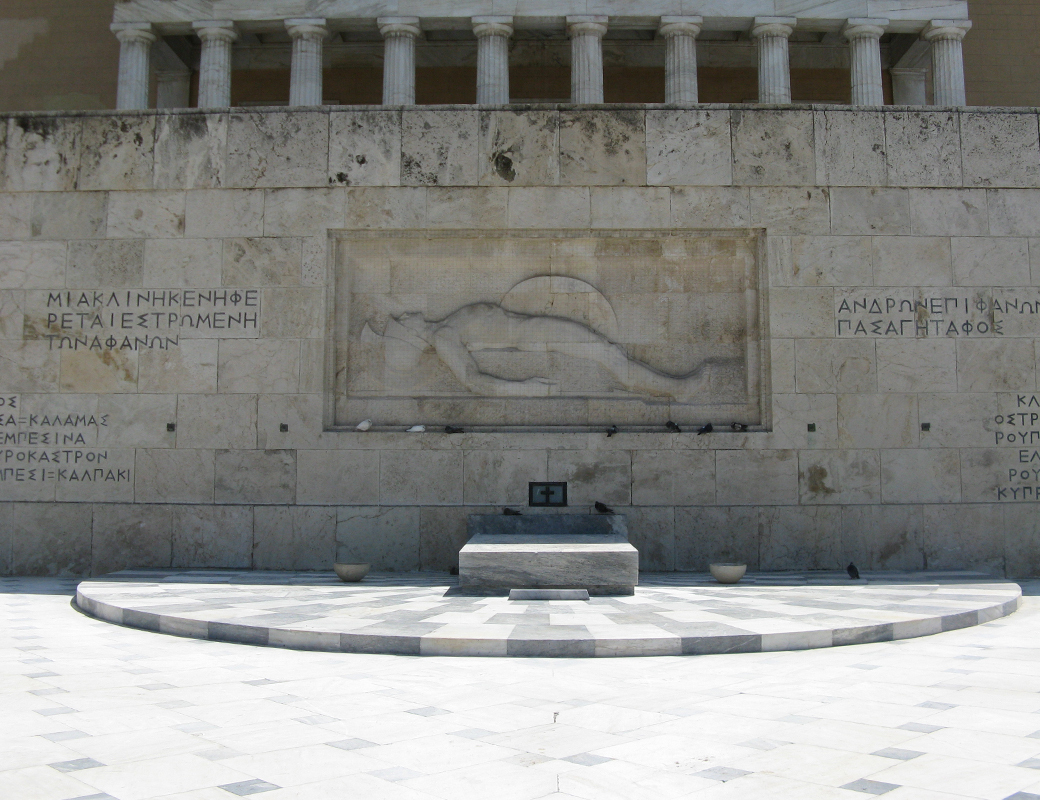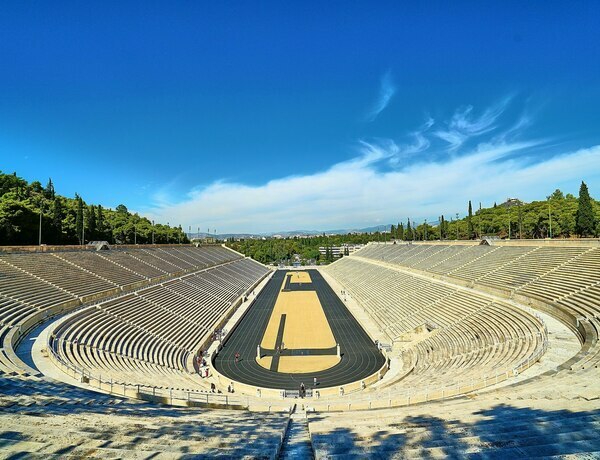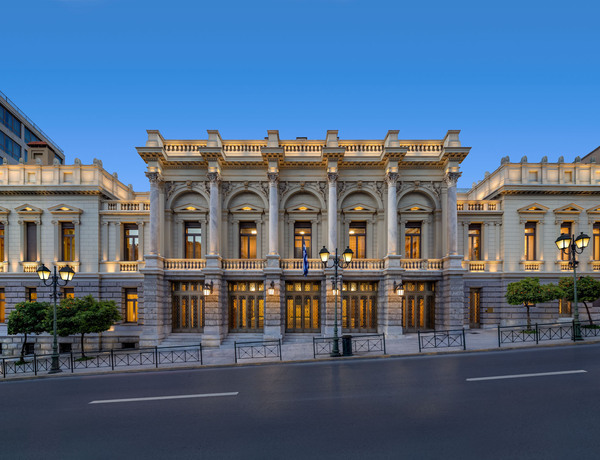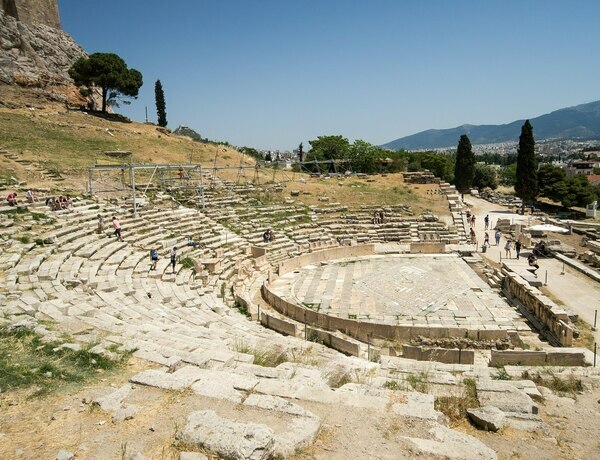
The Monument to the Unknown Soldier is a prominent landmark located in front of the Hellenic Parliament building in Athens, Greece. It is a war memorial dedicated to the memory of Greek soldiers who lost their lives fighting for their country during various conflicts throughout history.
The monument consists of a large stone structure with a central pedestal that supports a statue of a dying soldier. The soldier is depicted wearing a helmet and carrying a shield and a sword, and is lying on his back with his arms spread out, as if embracing his country. The statue is made of Pentelic marble and stands over 3 meters tall.
The monument is guarded around the clock by two Evzones, the elite soldiers of the Greek Presidential Guard, who are dressed in their traditional uniform of white kilt, red cap, and black shoes with pompons.
Every year on March 25th, Greece’s Independence Day, a grand military parade takes place in front of the monument, and wreaths are laid in honor of the Unknown Soldier.
The Monument to the Unknown Soldier is not only a symbol of remembrance for fallen Greek soldiers but also a testament to the country’s patriotism and unwavering commitment to defend its sovereignty and independence.





